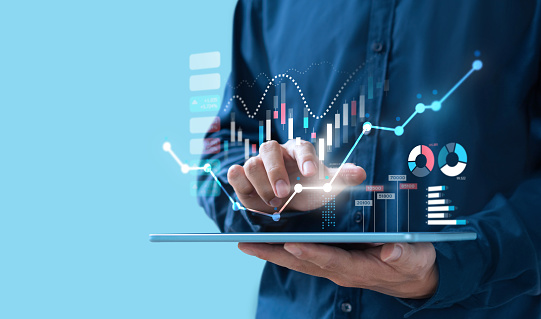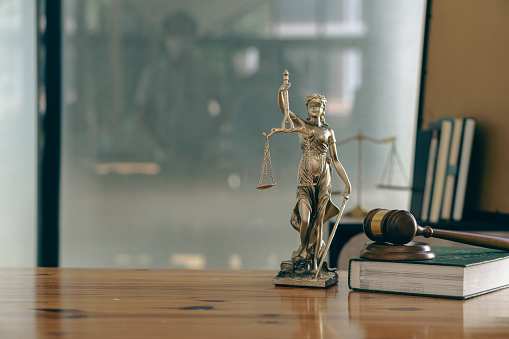What is Economy?
A system of interdependent individuals and groups engaged in the production, distribution, and trade of goods and services in a region is an economy. This article will explore the different aspects of economics, including price, scarcity, and the relationship between production and consumption. Ultimately, understanding what is economy means can help you understand the workings of the world we live in.
a system of interdependent individuals and groups that participate in the production, consumption, and trade of goods and services
The economy is a system of interdependent groups and individuals who engage in the production, consumption, and trade of a variety of goods and services. The decisions of producers and consumers affect the standard of living of an entire nation. Hence, the creation and use of money is essential for market economies.
The basic questions of economics are answered by the choices of producers and consumers, although some government intervention is also required. Economic efficiency refers to the allocation of scarce productive resources in a manner that maximizes the production of goods at low costs. Other concepts related to economics include fairness, efficiency, and equity. These terms are used in different contexts and have different meanings.
A market-based economy is a type of economy that is based on the law of supply and demand. Prices rise and fall according to consumer demand. This constant tug-of-war between supply and demand allows a market economy to maintain equilibrium. Money and labor move to areas where there is more demand for products. Alternatively, a command-based economy relies on a central government to decide which goods and services are sold and at what prices.
The main groups in an economy are producers, consumers, and governments. Each of these groups is involved in the production, consumption, and trade of various goods and services. Each group performs different tasks, but they share the same resources.
a system of production, commerce, distribution, and consumption in a region
An economy is a set of processes that determine the availability and distribution of goods and services within a region. It also involves the management of scarce resources, such as land and labor. Different types of economies have different characteristics. Some are market-oriented, while others are government-controlled. They differ in the way they determine the value of commodities. There are various indicators that show the overall health of an economy. These indicators can be measured quarterly or for the entire year.
In a market-based economy, goods are produced and consumed by members of society. These goods are then allocated according to social laws. Then, they are exchanged to meet the needs of individuals. Lastly, consumption is the last step in the process, when the product becomes the object of an individual’s desire.
There are two major types of economies. One type of economy is a subsistence economy, where production is not oriented towards the market. In a subsistence economy, the market is not as important as it is in a market economy. Traditionally, people would trade goods and services with each other using the barter system. Today, these traditional systems are replaced by market systems.
Economic activity is controlled by political decisions and can be influenced by governments or natural forces. For example, the demand for certain goods and services can stimulate the production of those goods and services within a region. In addition, secondary economic activities add value to raw materials and combine them into useful commodities. Examples of these activities include the manufacturing and processing industries.
a study of scarcity
A study of scarcity in the economy focuses on the effects of scarcity and the resulting impact on the economy. It offers new insight on scarcity, and suggests how different forms of scarcity interact. Thompson et al. explore the interactions between chronic resource scarcity and short-term product scarcity. They examine how the COVID-19 crisis triggered multiple simultaneous forms of scarcity, leaving many people without a steady income.
Scarcity is a fundamental concept in economics. It describes the scarcity of resources, such as raw materials and supplies. It can also be influenced by factors such as natural disasters, consumer habits, and international relations. Having an understanding of scarcity can help you develop professional capabilities. This article explores the definition of scarcity in the economy and presents 12 examples of scarcity in the free market.
One of the most important implications of scarcity in the economy is that it may have a negative impact on consumer behavior. It can reduce the ability of consumers to fulfill their consumption goals. The scarcity may be short-term or long-term, and it may be related to socioeconomic status.
The effects of scarcity on consumers have been studied for decades, but it is only recently that consumer behavior researchers have begun to recognize the challenges faced by consumers who lack access to resources. In a seminal book, The Disadvantaged Consumer, Alan Andreasen argues that impoverished consumers face different challenges than middle-class consumers. They face limited income and limited product availability, so they must adopt behavioral coping mechanisms to overcome these challenges.
a study of price
Economic theory explains how price is determined by supply and demand. The optimal market price is the price at which a product or service can be purchased by a large number of potential consumers. At this price, supply and demand are balanced, meaning the total amount of the product or service available is equal to the total amount of money that can be spent on the product or service.
a study of supply
Supply in an economy refers to the supply of a product, whether it be raw materials or finished goods. The quantity supplied depends on the price of the good itself, the price of related goods, the price of labor and technology, and the expectations of sellers. There are other factors that affect supply as well. For example, if the country produces wool, the supply of wool will increase, and if a country produces more sheep, then the supply of meat will increase.
Supply is a complex concept, referring to any resource that can be sold in a competitive market. Typically, supply refers to goods, services, and labor, but it can also refer to any scarce or valuable object. One of the most important factors that affect supply is price. The price of the final good can be higher or lower, depending on how much the seller is willing to pay for it.
The supply curve represents the relationship between the quantity of a good and its price. It is often used in economics to understand how consumers respond to changes in the price of a good. For instance, if the price of a product falls, more people will buy it. And if the price rises, more suppliers will enter the market.
In the 1800s, economists first used a graphical representation of supply curve data. Alfred Marshall popularized this method in his textbook Principles of Economics in 1890.1
a study of government
A study of government and economy focuses on the relationship between economic and political goals. Governments often struggle to strike a balance between these goals. One example is the relationship between the United States and China, which has been tense since the 1970s. China has attempted to integrate into the world economy through its participation in the World Trade Organization, but has resisted political liberalization at home.



